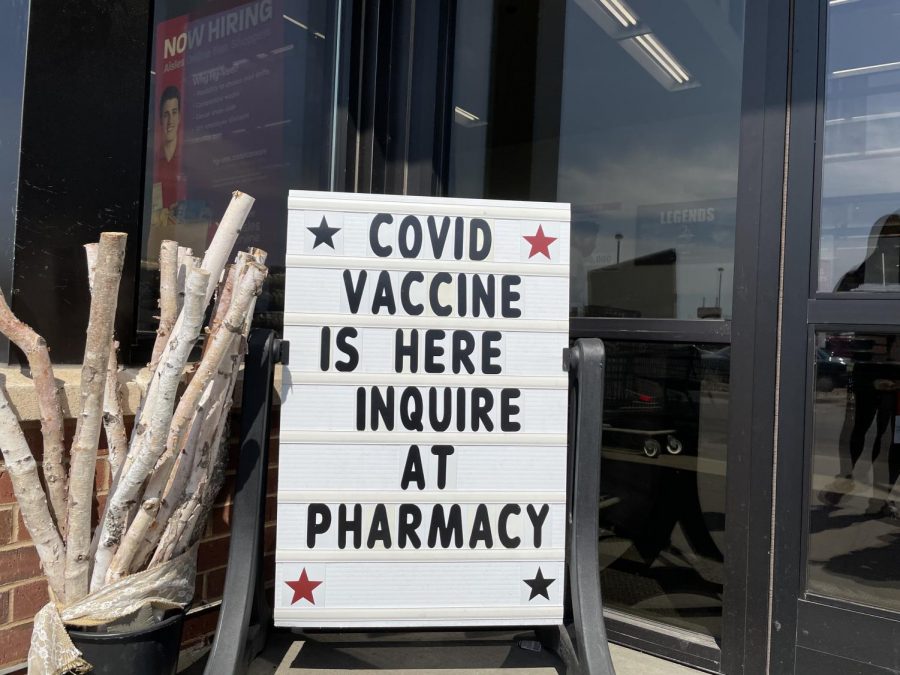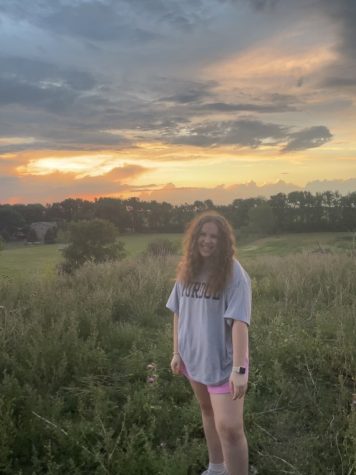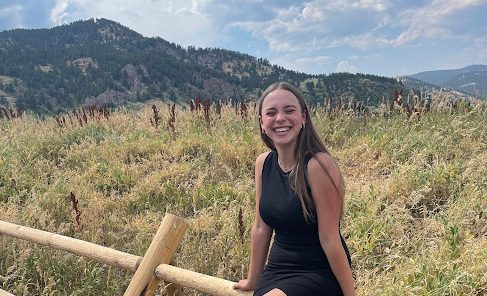The racial inequity behind the COVID-19 vaccine
COVID-19 vaccines are now available to everyone 16 years and older in SD and are available at most pharmacies across the state.
May 4, 2021
After a long year of conversations centering around COVID-19 and a possible vaccine, many people jumped at the opportunity to receive the vaccine and take a step towards ending the pandemic. But not everyone has been afforded this luxury.
The New York Times reports that the vaccination rate of Black Americans is half that of whites and the gap between white people and the Latino population is even larger. The Black share of the vaccinated population is lower than the Black general population in every state. This does not exclude South Dakota, where the vaccinated percentage of the Black population is less than half that of the white population. This is increasingly problematic when joined with statistics from the CDC, which state that Black Americans are three times as likely to be hospitalized when diagnosed with COVID-19 and twice as likely to die from the virus.
For many, receiving a vaccine is not simple. The American Journal of Public Health reveals that Black and Latino Americans represent a disproportionate amount of essential workers, especially during the pandemic, decreasing their flexibility and therefore their ability to access a vaccine. Without a nearby vaccination site or enough time in the workday for an appointment, the availability of vaccines to wage workers declines dramatically. This, as well as other factors such as online-only scheduling, language barriers and transportation, are the factors behind vaccine disparity and they are all a fault of planning and approach, rather than individuals.
An important step in bridging the gap is focusing on the data itself. Currently the race or ethnicity has been recorded for only 50% of those vaccinated, according to the National Academy for State Health Policy, which could be resulting in higher levels of disparity than are truly present. Even more important, however, is the targeted vaccination of minorities. Strategies such as vaccine drives or portable vaccination sites open up opportunities for people who have not yet had access to a vaccine. In South Dakota, this has taken many forms, including a recent National Guard-assisted campaign to help vaccinate the Pine Ridge reservation population and a Sioux Falls specific Helpline Center initiative to offer Lyft rides to those without transportation to their vaccine appointments.
While mask-wearing and staying conscious of the ongoing pandemic are important to controlling it, the true end of COVID-19 comes through vaccinations. Targeted approaches such as these and many more across the state are the only way to assure equitable vaccination of every individual in South Dakota and the nation as a whole, regardless of race or socioeconomic status.









